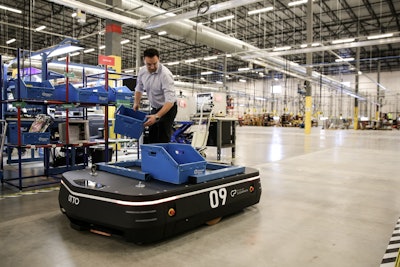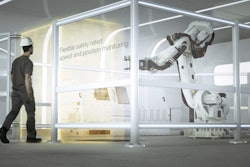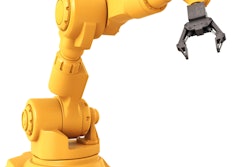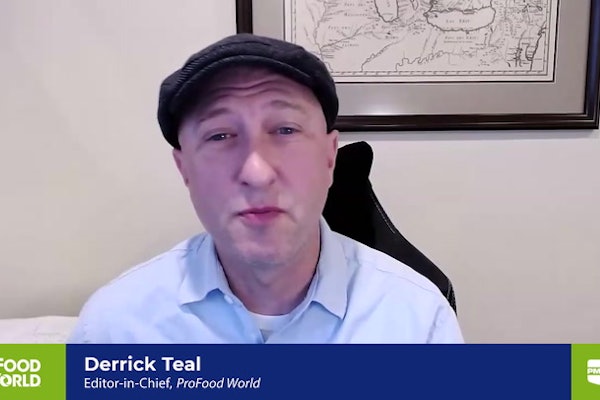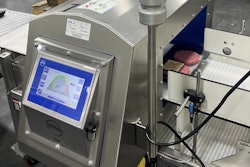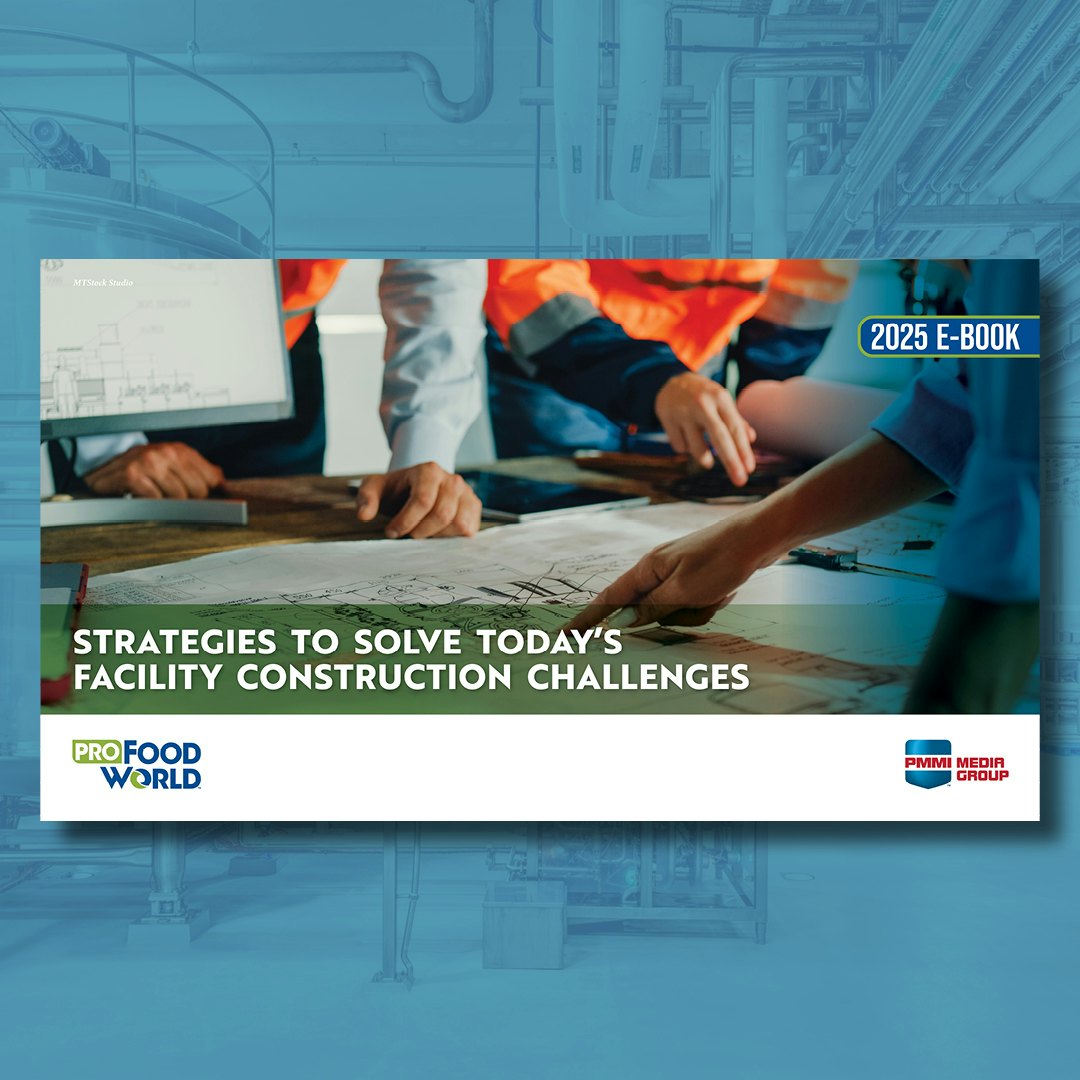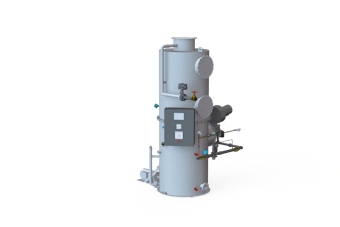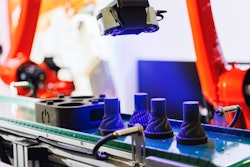When industry observers reference “smart manufacturing,” Industry 4.0 or the Industrial Internet of Things (IIoT), it is often related to connecting plant floor equipment and analyzing Big Data in an effort to increase quality and efficiency on the production line or in the supply chain. But sometimes it is the most simplistic applications that make the biggest difference.
Enter Otto Motors, a start-up division of Clearpath Robotics, which is focused exclusively on intelligent self-driving vehicles (SDVs) for material transport in factory and distribution facilities. The company and its products, including the Otto 100 for light-load material transport and the Otto 1500 for heavy-load transport, were unveiled at the International Manufacturing Technology Show (IMTS) in Chicago.
The company launched in April of this year to focus on bringing modular SDVs that use onboard sensors to navigate the facility. This means, unlike traditional automated guided vehicles (AGV), Otto does not require magnetic tape, beacons or additional infrastructure to make its way around a facility.The flexible navigation system is based on the Clearpath operating system (OS) that includes application programming interfaces (APIs) to enterprise resource planning (ERP) systems connected to a Dispatch App to create work instructions and automate workflow.
Much like collaborative robots, the Otto SDVs can work alongside humans. Self-learning technology and sensors enable it to map the surroundings using infrastructure-free navigation, obstacle avoidance and dynamic path-planning, company officials said during a press conference at IMTS.
“To integrate this type of technology into your building, users take Otto for a walk around that facility and it uses its perception sensors, which are its lasers, to build a map inside its mind – which is its computer,” said Simon Drexler, Director of Industrial Solutions at Otto Motors. “Once it has that reference map, it can freely navigate from any origin to any destination inside of the mapped parameters.”
Users can let Otto behave the way that it wants so that it autonomously navigates from point to point in whatever it decides to be the optimal path, or rules can be set so that it is more predictable, such as setting up one way zones, restriction zones or speed limitations.
“By offering this type of interface with the intelligent technology, we’re providing our clients with a flexibility in operation that traditional technology is incapable of doing,” Drexler said. “The really exciting thing about the Otto technology is that we are now able to automate the undefined tasks, the things that we currently cannot automate with traditional technology.”
Built for industry, the Otto 1500 has a payload capacity of 1500 kg, which is roughly 3400 lbs, and the Otto 100 has a capacity of 100 kg, roughly 125 lbs. Each vehicle comes with multiple configurations spanning conveyors to lifts in order to fit the needs of the customer’s operation.
Both have integrated industrial safety-rated lidar sensors. The parts meet ANSI B56 standard and have been reviewed. But what is really interesting is that one of the company’s automotive clients has certified Otto1500 to operate and navigate on manned paths. So rather than treating it like a vehicle or a fork truck, they’re treating it like a member of the workforce so it can navigate and move around its human partners.
“Otto offers an opportunity for our customers to take a leap forward into Industry 4.0 with a solution that is not disruptive to existing processes and facility layouts,” Drexler said.
